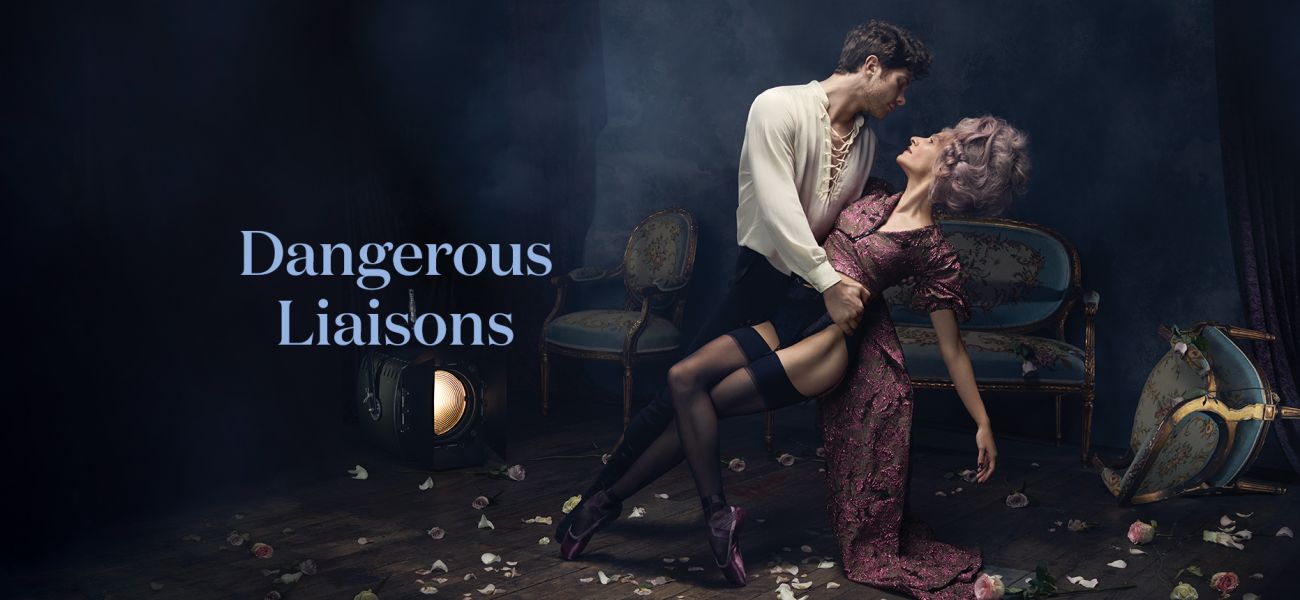Music Note —
Choosing a composer on which to base a new stage work is more difficult than it may appear, but when I suggested the highly-respected, though somewhat neglected French composer Camille Saint-Saëns to Liam Scarlett there was a balanced set of reasons for it.
Saint-Saëns had written a vast amount of music in almost every genre including some twelve operas that contain extended dramatic music. His musical language, although firmly romantic, had at its heart a complete understanding of the form and shape of baroque music.
The list of works that I plundered is fairly extensive, but it started with the various themes associated with the leading characters.
Valmont’s short theme that heralds his first entry comes from the only opera by Saint-Saёns to have made it into the standard repertoire during his lifetime, Henry VIII. The melody associated with Merteiul is based on a piano piece – Chanson Napolitaine (op. 72 No. 5 Album pour le Piano).
The beautiful melody that is Madame de Tourvel’s theme is an aria from the incidental music Saint-Saёns wrote for the play by Sophocles: Antigone. Cécile’s melody (introduced during her debutante party), is another salon written for the piano: Valse Canariote (op. 88). The powerfully hypnotic music at the end of Act One comes from one of the composer’s earliest pieces for piano (op. 3 No. 3 – 6 Bagatelles).
It is important to note that I have not used any of the music in their original formats. I have attempted to create a score that sounds totally symphonic and as if the composer had written it specifically for this ballet.
Although these days Saint-Saёns is remembered for a handful of pieces (The Carnival of the Animals, Danse Macabre, Organ Symphony, Piano Concerto No.2 and the Opera Samson & Delilah) he was a composer who frequently touched greatness and who was considered by his two most well-known students, Maurice Ravel and Gabriel Fauré, to be a genius.
Martin Yates, Music Arranger
